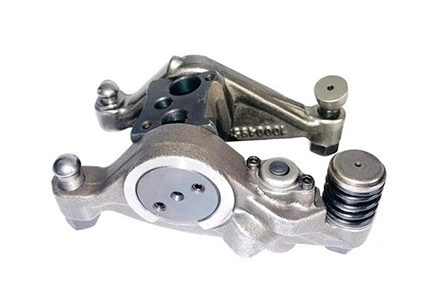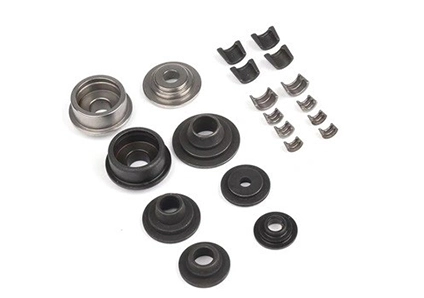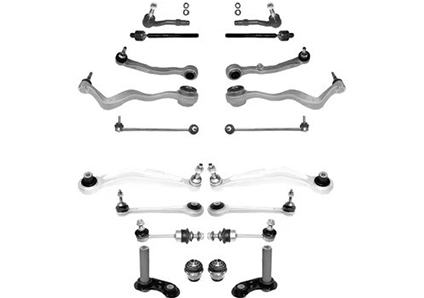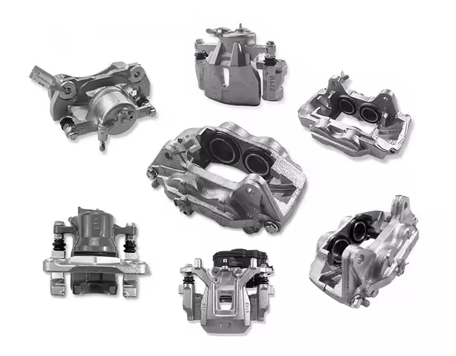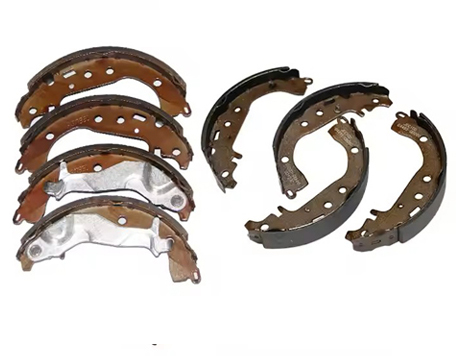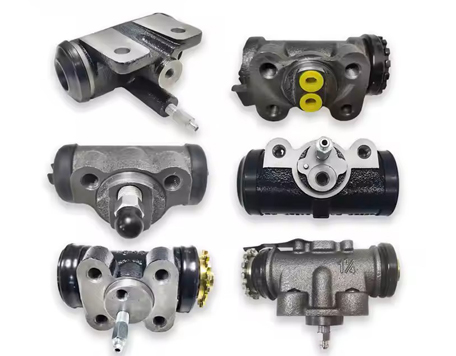en
Brake pads are crucial wear components in disc brake systems, responsible for generating the friction needed to slow or stop a vehicle. When the brake pedal is pressed, hydraulic pressure forces the pads to clamp onto the rotating brake disc (rotor), converting kinetic energy into heat through friction.
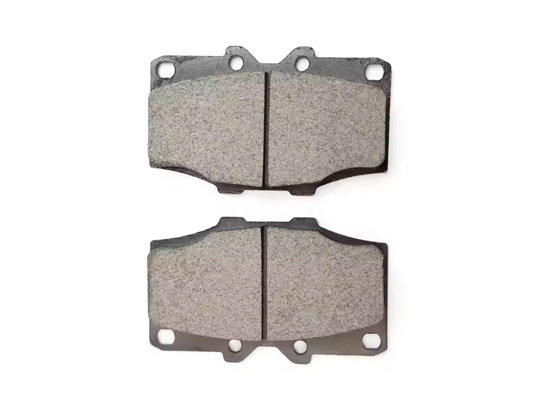
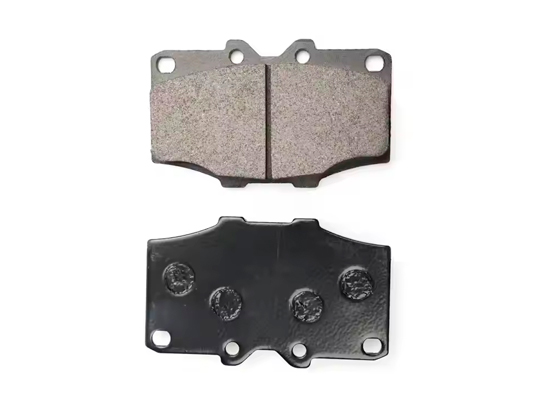
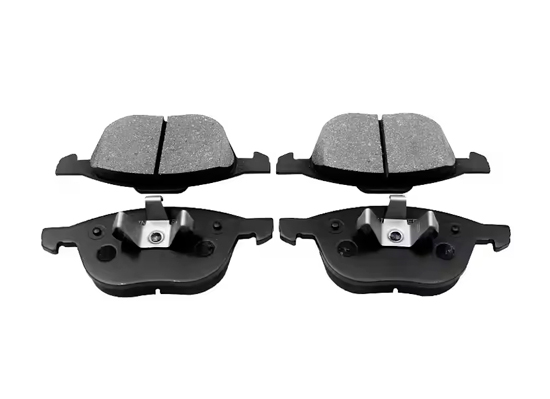
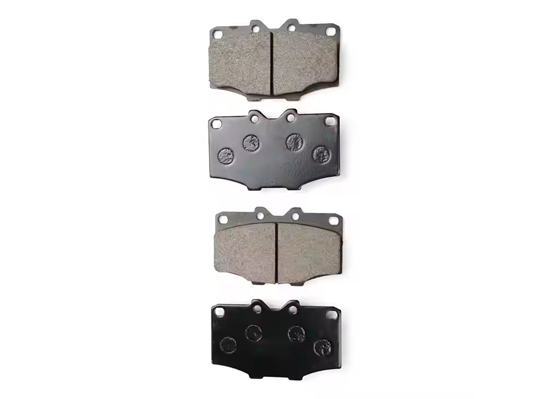




Modern brake pads consist of a steel backing plate bonded with a friction material layer. This friction material is typically formulated from:
Organic compounds (resins, rubber, glass) for quiet operation and smooth braking
Semi-metallic blends (copper, steel fibers) for improved heat dissipation
Ceramic materials (clay, porcelain) for high-performance applications with minimal dust
Brake pads are engineered to balance:
Friction coefficient (stopping power)
Heat resistance (fade prevention)
Noise reduction (vibration dampening)
Rotor wear compatibility
As consumable parts, brake pads require regular inspection for:
Wear thickness (most have wear indicators)
Even wear patterns (uneven wear suggests caliper issues)
Contamination (oil or brake fluid reduces effectiveness)
Recent advancements include:
Electrically conductive pads for hybrid/electric regeneration systems
Eco-friendly formulations reducing copper and heavy metal content
Smart pad technology with embedded wear sensors
Email us
Call us
Address
NINGBO. ZHEJIANG. CHINA
